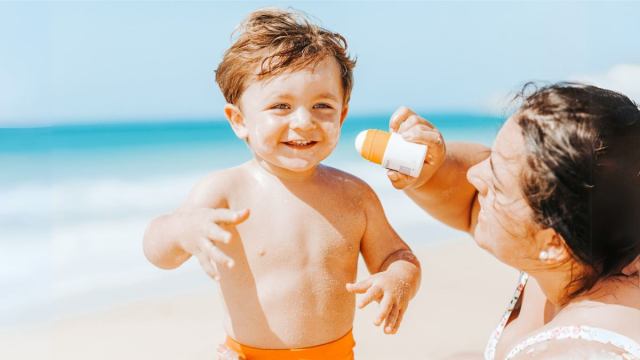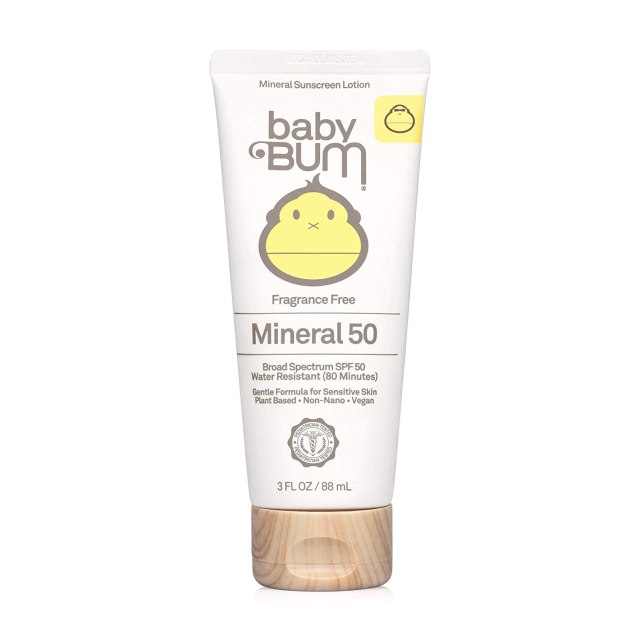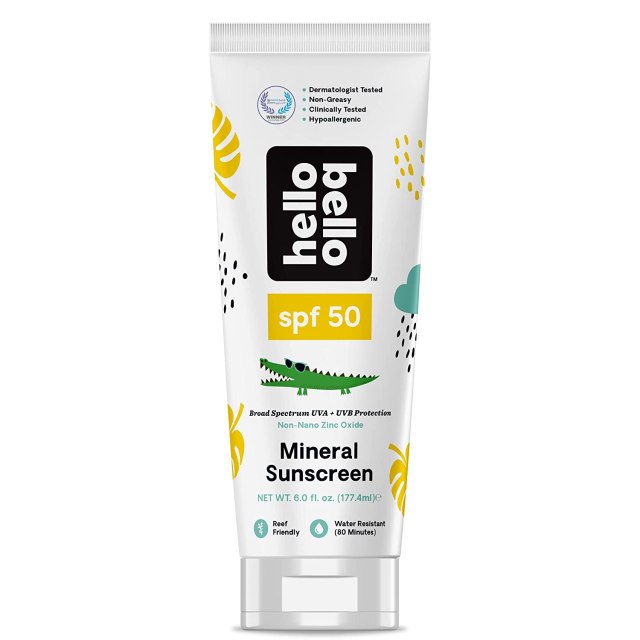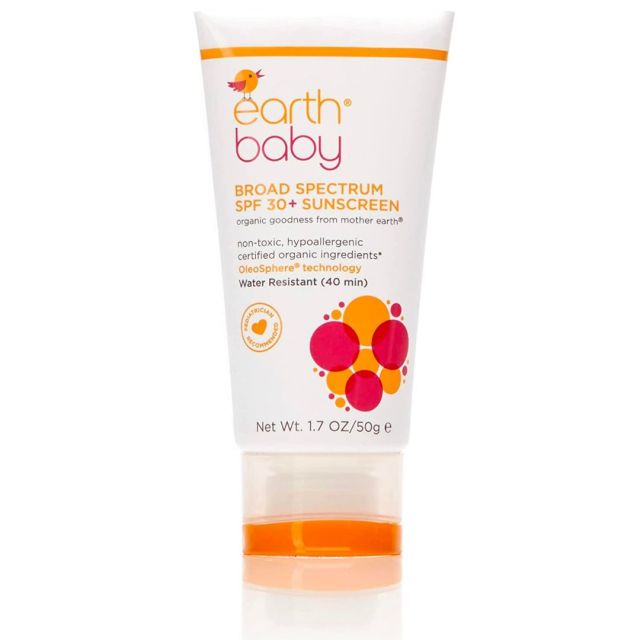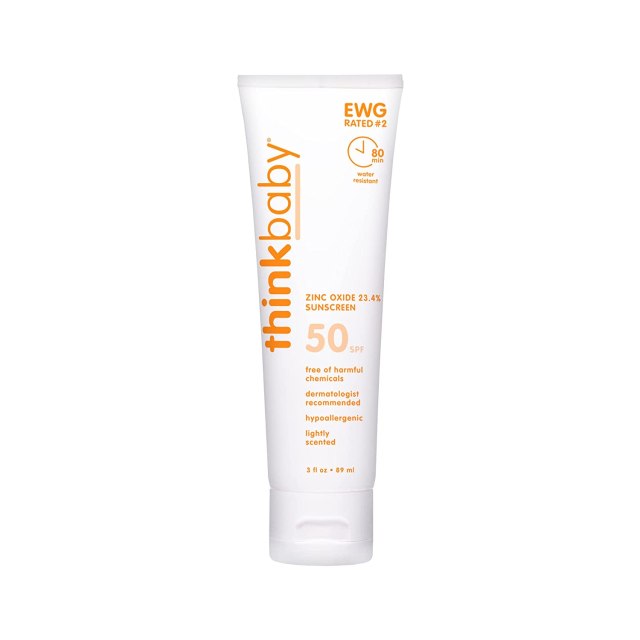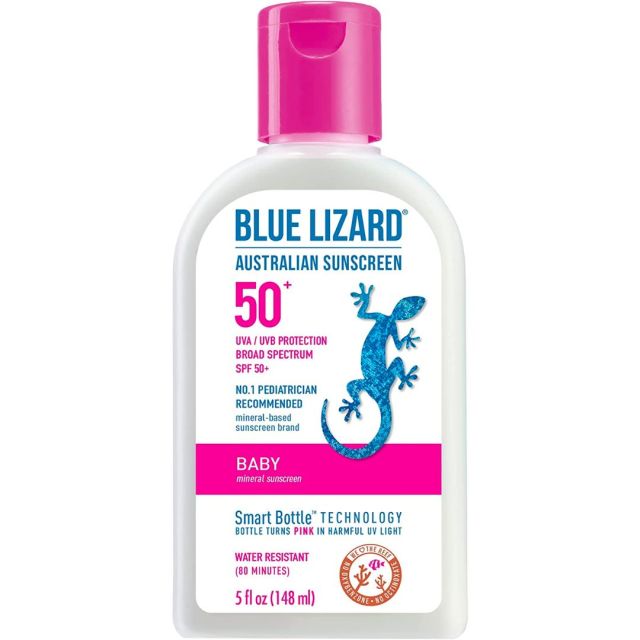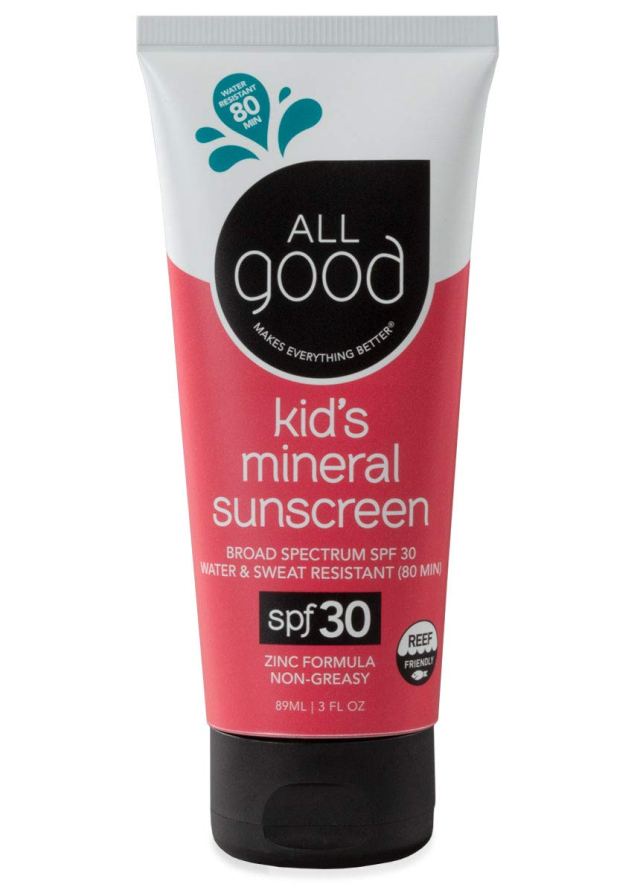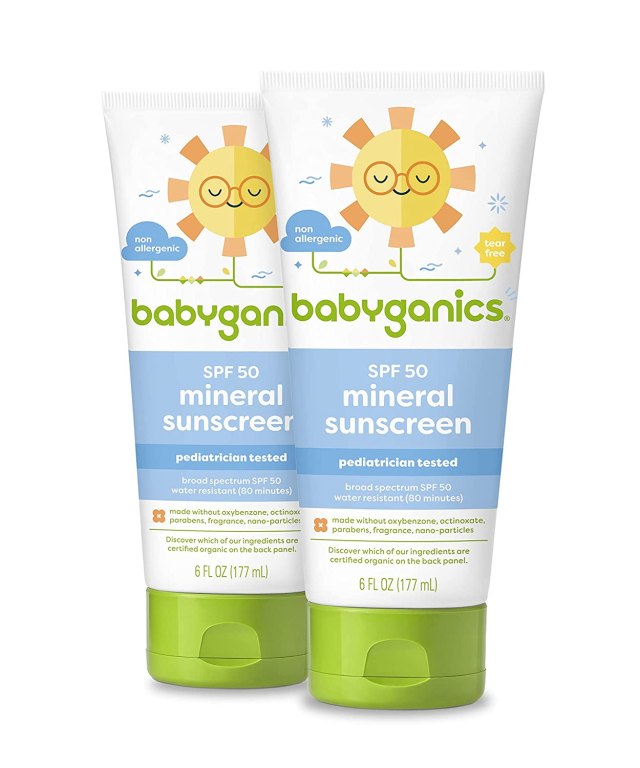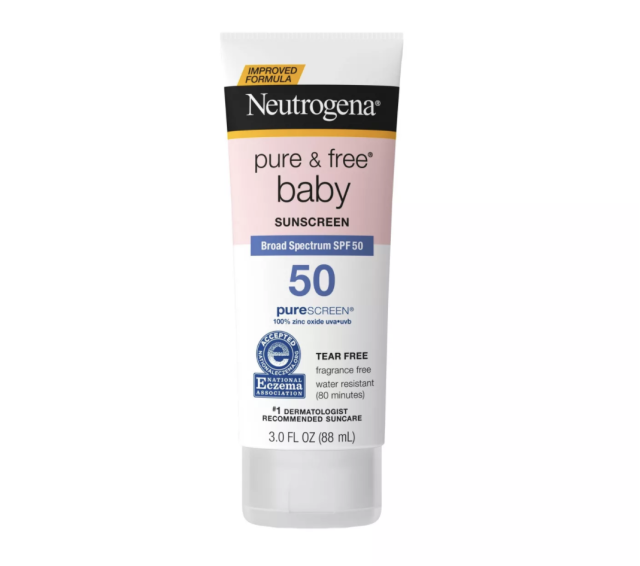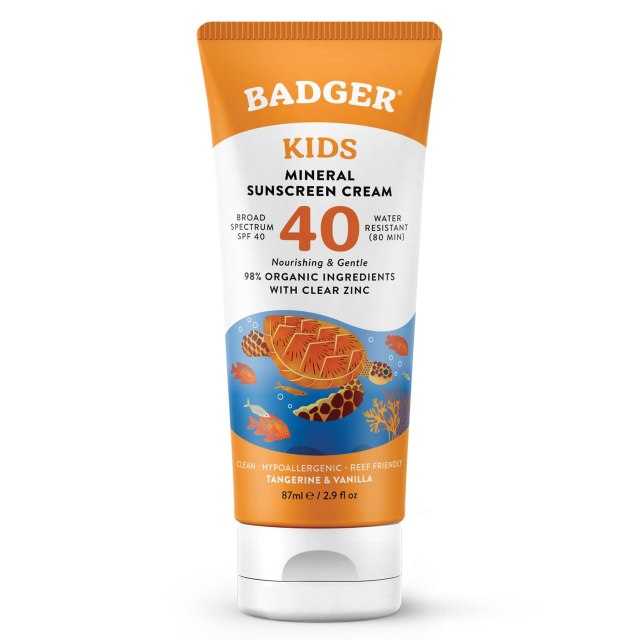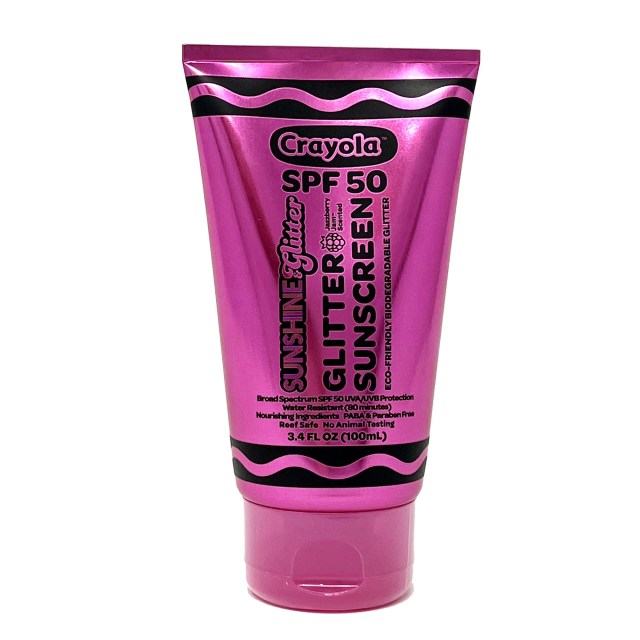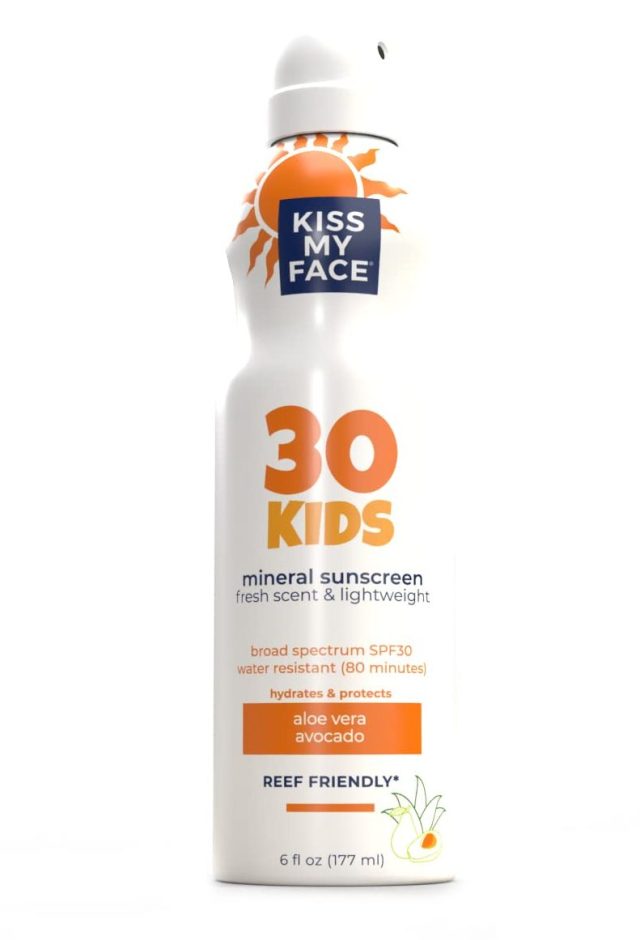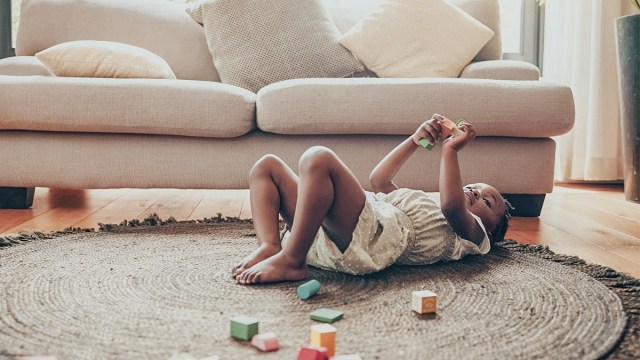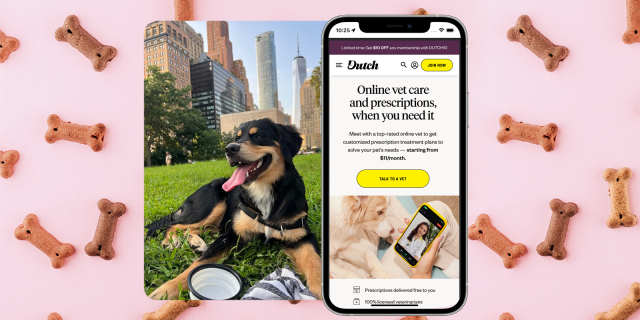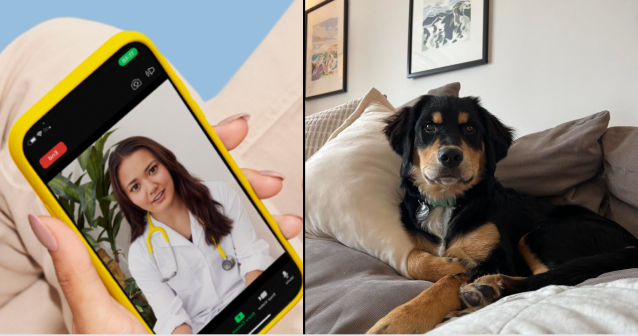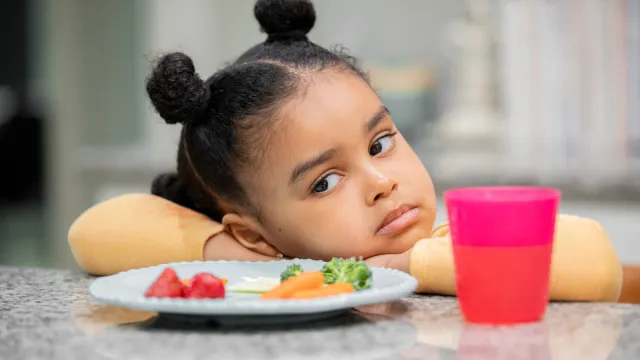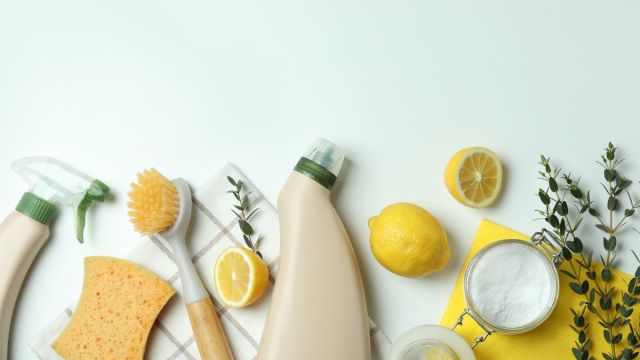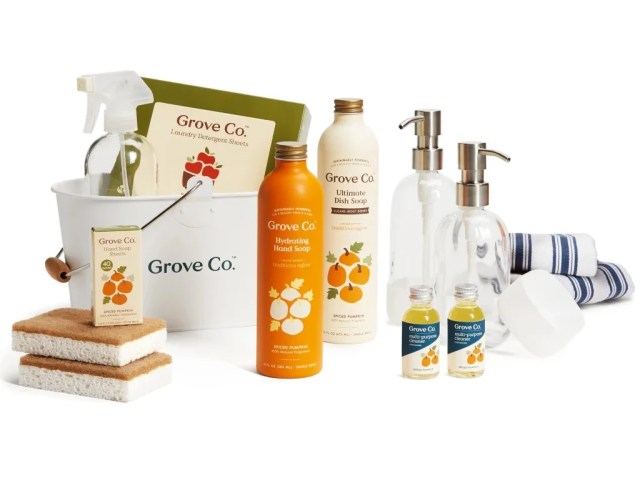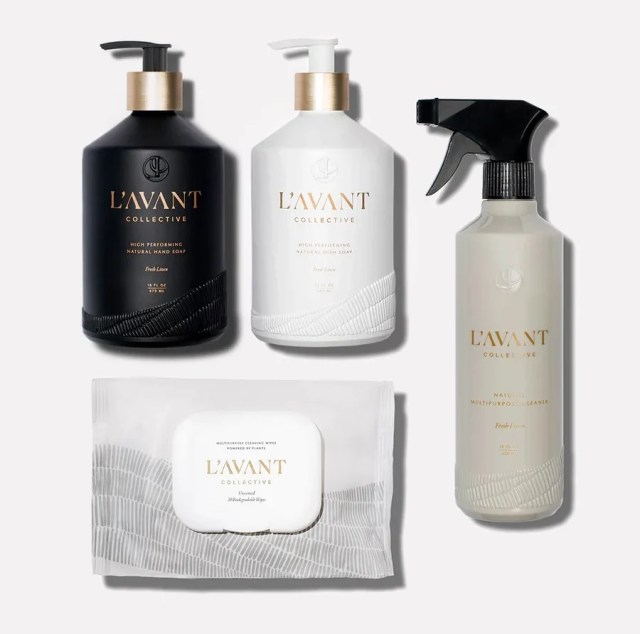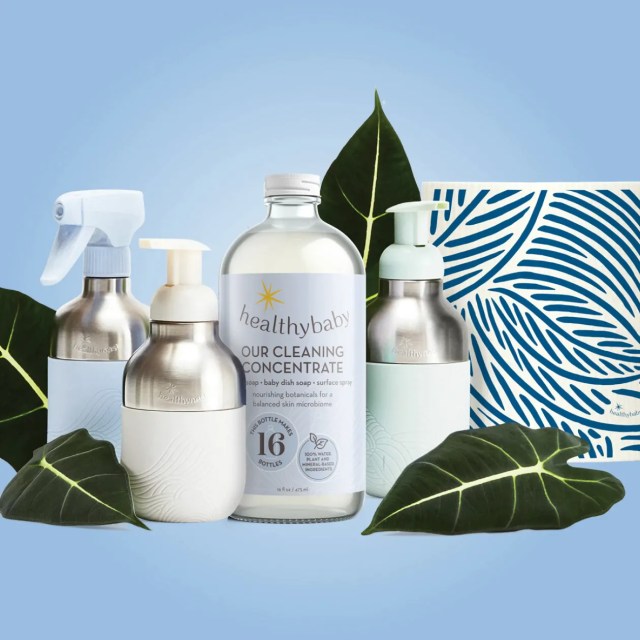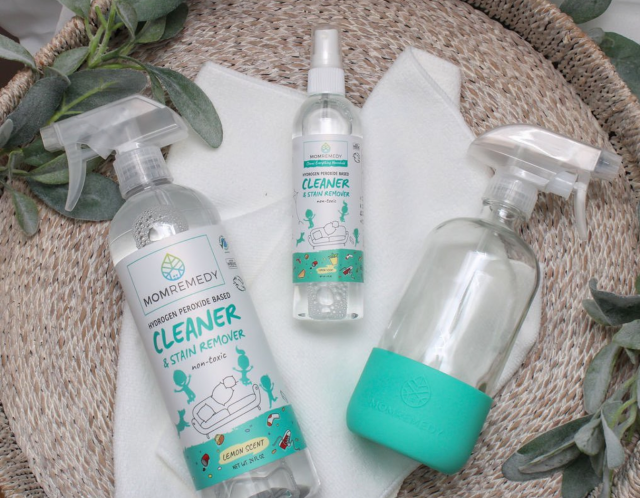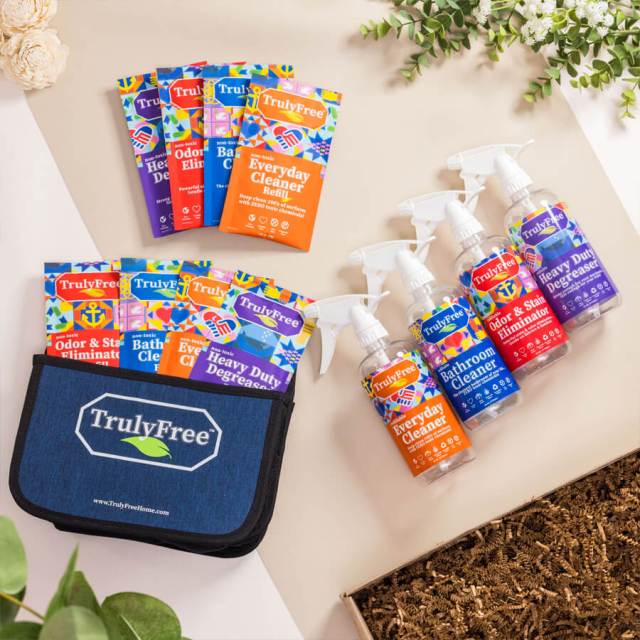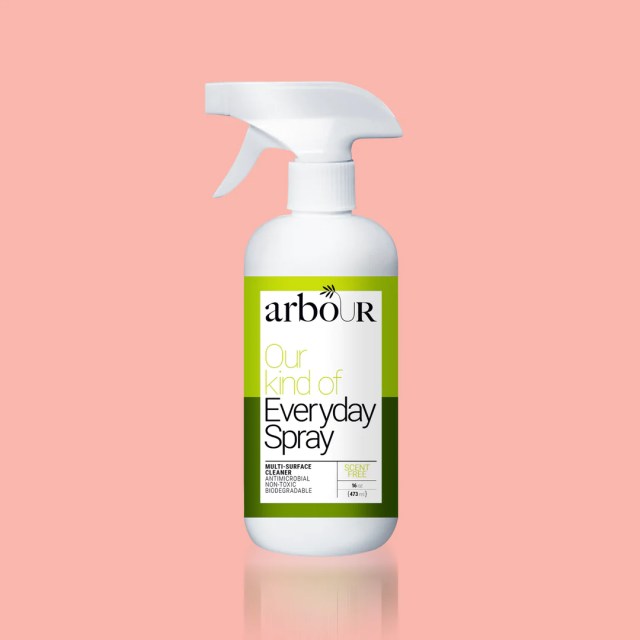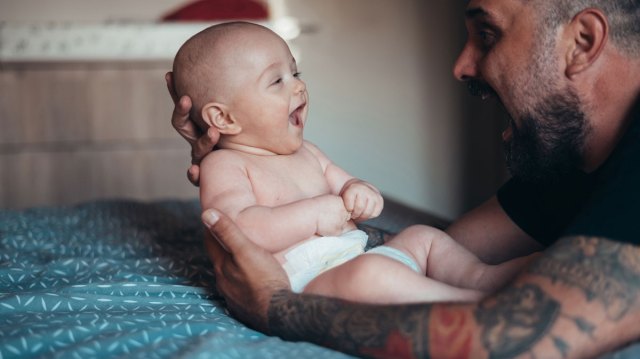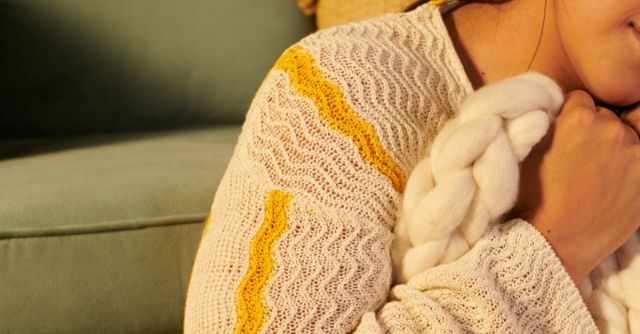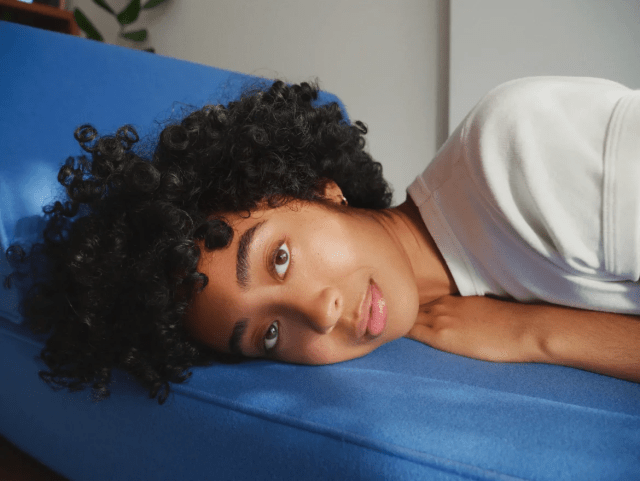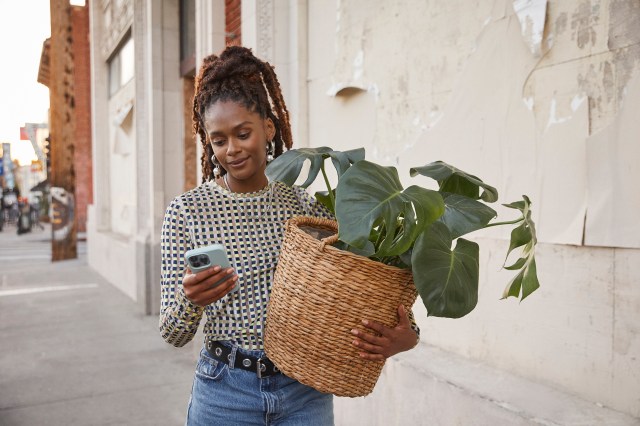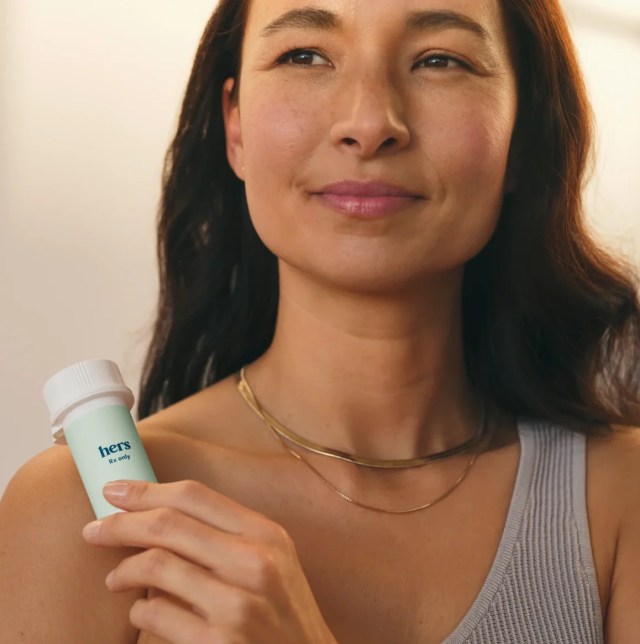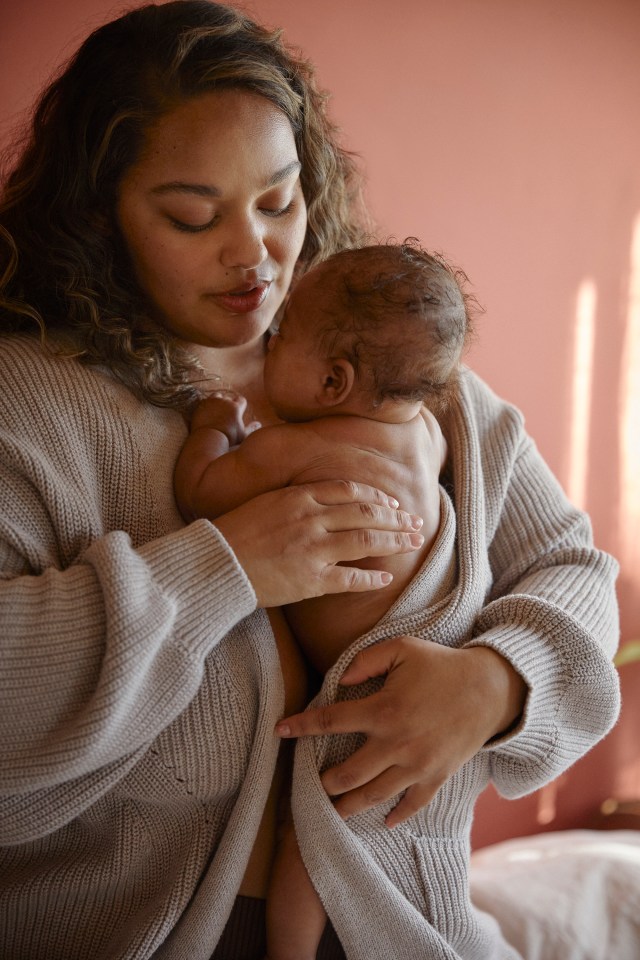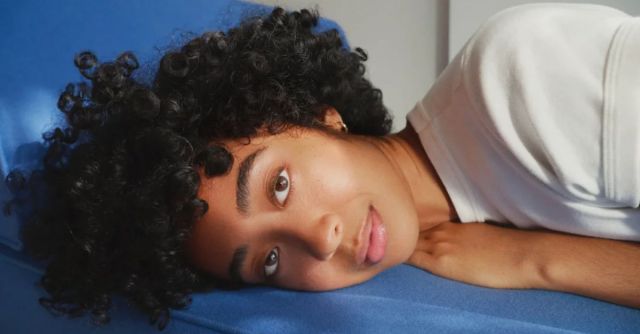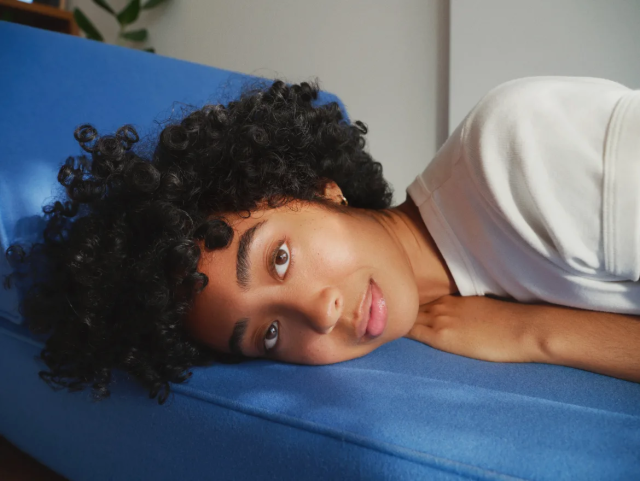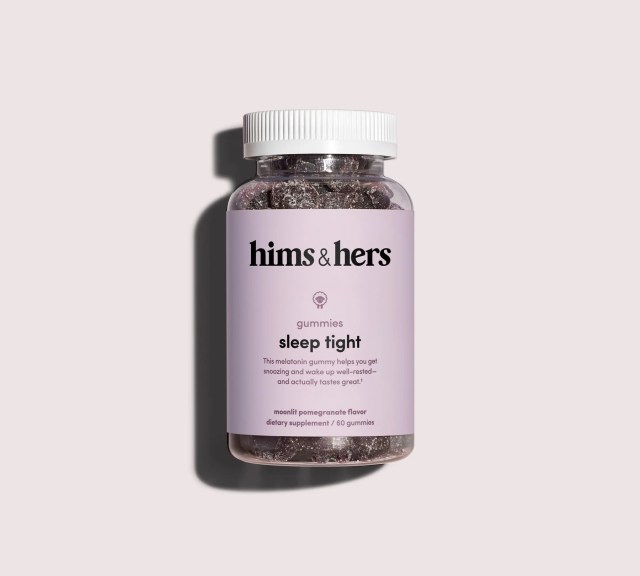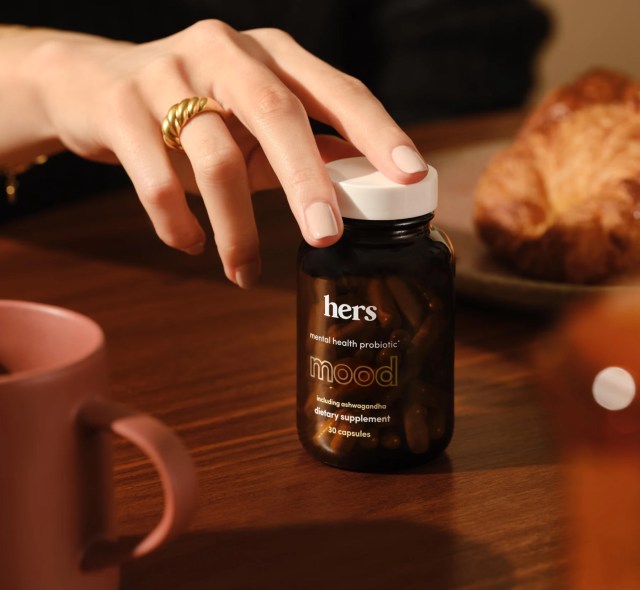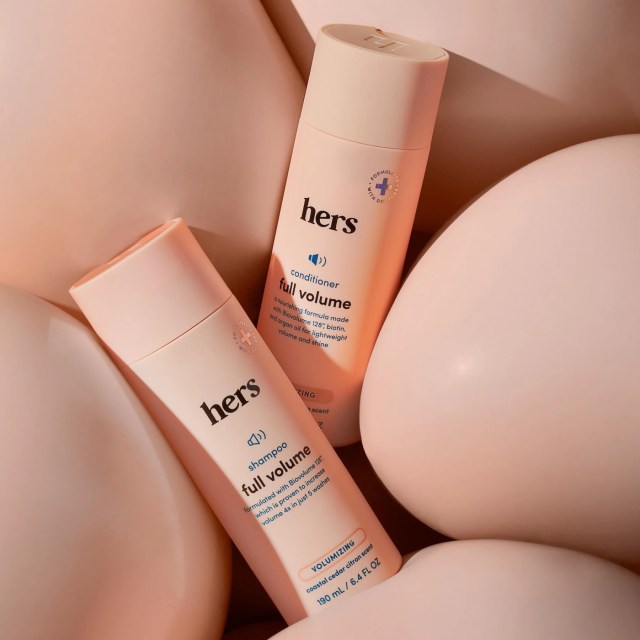There’s no need to panic about these common behaviors
You’ve read all the baby books (or at least that one pamphlet from your doctor), so you’re feeling fairly prepared for when your baby arrives. As a new parent, you know the big things, like your baby’s soft spot won’t always be soft and your newborn’s umbilical cord will take a few weeks to dry up and fall off. But then there are the weird, quirky things babies do that no one warns you about. Those are the ones that can cause confusion and send your parenting confidence straight into the diaper pail with those poopy diapers you didn’t even know could be that color.
Newborns can do some unusual things that are, in fact, totally normal. The fourth trimester is especially full of developmental shifts, and you might wonder if you should freak out when your baby looks at you crossed-eyed or just roll with it. As babies grow and change, so do their bodies, which is why we’ve listed the unexpected things babies do that you should know about. This way you can take these 10 things off your “worry to-do list” and relax a little more into the joy of parenting your little one.
1. Lose hair
If your newborn’s hairline is losing inches or you’ve noticed your baby has a bald spot, don’t worry—there’s no need to sign your little one up for the Baby Hair Loss Club. It’s actually perfectly normal for infants to lose some or even all of their hair in the first months of their life. According to HealthyChildren.org, your baby’s hair will fall out before the mature hair comes in, so hair loss occurring in the first 6 months generally isn’t a cause for concern.
2. Produce record-breaking hiccups
Watching your baby’s entire body jump when their hiccups start can be, well… startling. While these can look uncomfortable for your infant to endure, the Cleveland Clinic reassures that hiccups usually don’t bother babies and they’re especially common in newborns and infants. Hiccups are most likely caused by irritation to the diaphragm, and when this muscle spasms or cramps, we get the hiccups. The Cleveland Clinic suggests changing feeding positions, burping more frequently, or using a pacifier as the sucking motion to help calm the diaphragm.
3. Poop strange colors
Who knew observing our baby’s poop would occupy so much of our parental brains? (I sure didn’t.) When you first see your baby poop a fine shade of green, you might wonder if that’s totally normal. The Children’s Hospital of Colorado says common stool colors are any shade of brown, tan, yellow, or green. If you see poop that looks red, black, or white, talk to your pediatrician. It’s true, when your baby starts eating solid foods, their poop can change colors, but with any change, it’s good to check in with your doctor.
4. Break out like a teenager
We all hope our kids don’t grow up too fast, so what happens when your newborn’s face suddenly looks like a teenager’s? Around two weeks old, your baby can have a type of acne called “neonatal acne.” And according to the American Academy of Dermatology Association, 20% of newborns have this type of breakout, and you’ll notice tiny red bumps on their cheeks and nose. FYI: it can appear on their forehead, chin, scalp, and neck, too. This is totally normal and should go away on its own in a few weeks to a few months.
5. Make strange noises
Snorty, sniffly, and coughy may sound like names of Snow White’s friends, but, in fact, they’re a few of the peculiar sounds your baby can make. Stanford Medicine Children’s Health explains one common noisemaker is caused by floppy tissue falling over the voice box and partially blocking the airway when a child breathes in. This is called “laryngomalacia” and is usually harmless. All the snorts and snarrfles your baby makes are common for their developing bodies, but if a strange snuffle gives you pause, remember you can always contact your pediatrician to explain your concern.
6. Rock and roll their head
If your child looks like they’re dreaming about heavy metal music with all their head-banging as they fall asleep, well… there’s a better explanation. Body rocking, head rolling, and head banging are ordinary ways for children to self-soothe. According to the Cleveland Clinic, these are common ways for kids to fall asleep and usually begin around the age of 6 months and can last into toddlerhood. The movement will appear repetitive, and babies do this because it feels rhythmic and comforting—like they felt in their mother’s womb.
If you feel your child’s head banging or head rolling is particularly intense or it’s causing injury, it’s a good idea to call your pediatrician. (You can even email them a short video.) And the Cleveland Clinic says, “Parents of certain children with other health issues—including developmental delay, neurological or psychological problems, autism spectrum disorder, or those who are blind—will need to be watchful of these behaviors, as they can (though rarely) lead to injury.”
7. Shed their skin
No, your baby is not part lizard, but it is weird to see small pieces of skin flake off their tiny bodies. Not to worry as The Mayo Clinic says it’s totally common for the top layer of a newborn’s skin to flake off shortly after birth. This is why you might notice dry peeling skin for the first few weeks of your little one’s life. This usually resolves on its own, and there are even home remedies to help like oatmeal baths and hypoallergenic lotions.
8. Experience sudden, jerky movements
Ever look at your baby only to think they suddenly seem like an outlandish symphony conductor from a Warner Bros. cartoon? If you’ve spotted your newborn’s arms flailing along with their head moving back suddenly and their legs extending out, this is standard for infants. According to the National Library of Medicine, the Moro (or startle) Reflex, is a normal involuntary protective motor response against abrupt disruption of body balance or extremely sudden stimulation. Basically, this occurs when your baby is surprised by a sound or movement. Swaddling your baby can help limit their response (should you need extra support), and by six months they should outgrow it.
9. Appear cross-eyed
While gazing lovingly into your newborn’s eyes, you might be surprised to find them staring back at you—cross-eyed. Take a breath and know that this is totally fine as it’s normal for an infant to appear cross-eyed for the first few months. The American Academy of Ophthalmology calls this “pseudostrabismus” and explains it’s common in babies from birth until about 18 months. Underdeveloped eye coordination and a baby’s growing facial features can contribute to your little one looking cross-eyed, but pseudostrabismus will improve over time. If you notice your little one’s eyes pointing in different directions (one eye looking straight ahead while the other turns in, out, up, or down) this is called “strabismus.” This condition can affect vision so an ophthalmologist should be consulted for treatment options.
10. Breathe weirdly
Babies breathe differently than adults. So, while you’re marveling at your sleeping newborn and you notice your little one’s breathing has increased or even stops breathing for several seconds, this is actually a thing. It’s called “periodic breathing,” and it means a baby’s breathing may not always be regular. Stanford Medicine Children’s Health says a newborn’s normal breathing rate is about 40 to 60 times per minute, and this may slow to 30 to 40 times per minute when the baby is sleeping. Periodic breathing will happen less as your baby grows and by the six-month mark, this phase should pass.
As you can see, babies do some weird stuff. But it’s good to know so much of the weirdness is a normal developmental progression for your little one. Always remember, you know your baby best, so, if at any time you want to clarify a concern about a new movement, grunt, or breathing habit, don’t hesitate to contact your doctor for help and support.
